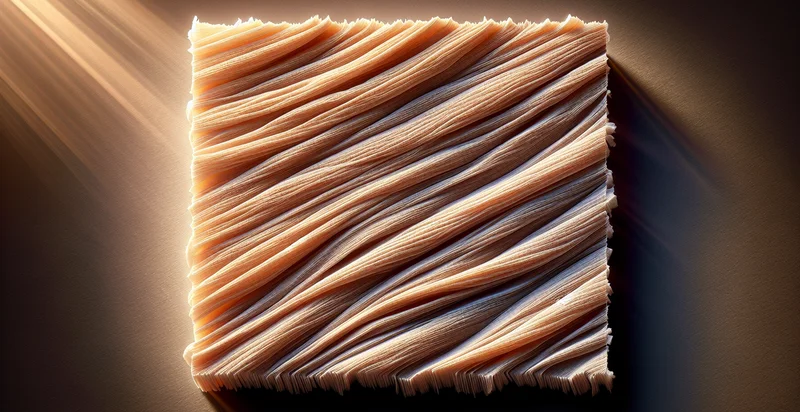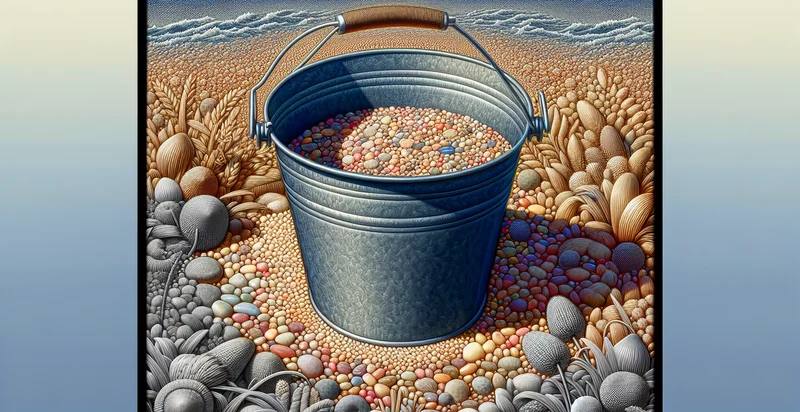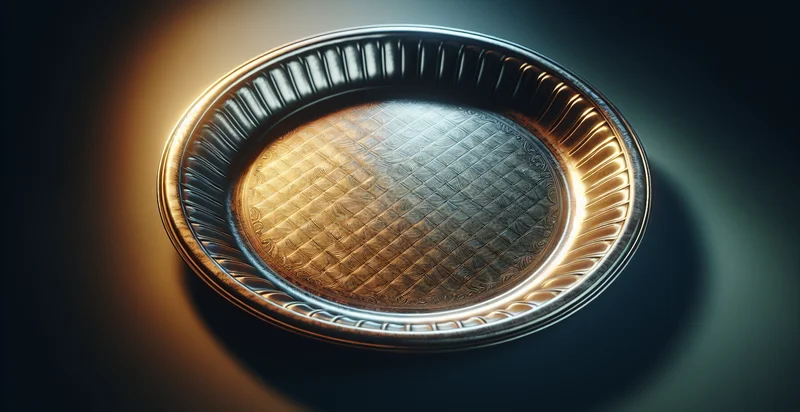Identify what material an envelope is made from
using AI
Below is a free classifier to identify what material an envelope is made from. Just upload your image, and our AI will predict what material the envelope is made from - in just seconds.

Contact us for API access
Or, use Nyckel to build highly-accurate custom classifiers in just minutes. No PhD required.
Get started
import nyckel
credentials = nyckel.Credentials("YOUR_CLIENT_ID", "YOUR_CLIENT_SECRET")
nyckel.invoke("what-material-an-envelope-is-made-from", "your_image_url", credentials)
fetch('https://www.nyckel.com/v1/functions/what-material-an-envelope-is-made-from/invoke', {
method: 'POST',
headers: {
'Authorization': 'Bearer ' + 'YOUR_BEARER_TOKEN',
'Content-Type': 'application/json',
},
body: JSON.stringify(
{"data": "your_image_url"}
)
})
.then(response => response.json())
.then(data => console.log(data));
curl -X POST \
-H "Content-Type: application/json" \
-H "Authorization: Bearer YOUR_BEARER_TOKEN" \
-d '{"data": "your_image_url"}' \
https://www.nyckel.com/v1/functions/what-material-an-envelope-is-made-from/invoke
How this classifier works
To start, upload your image. Our AI tool will then predict what material the envelope is made from.
This pretrained image model uses a Nyckel-created dataset and has 12 labels, including Cardboard, Fabric, Metal, Organic Material, Paper, Parchment, Plastic, Polyethylene, Recycled Paper and Silk.
We'll also show a confidence score (the higher the number, the more confident the AI model is around what material the envelope is made from).
Whether you're just curious or building what material an envelope is made from detection into your application, we hope our classifier proves helpful.
Related Classifiers
Need to identify what material an envelope is made from at scale?
Get API or Zapier access to this classifier for free. It's perfect for:
- Quality Control in Manufacturing: This function can be integrated into the quality control processes of envelope manufacturing facilities. By identifying the material of the envelopes, manufacturers can ensure that each batch meets specific quality standards and that the appropriate materials have been used in production.
- Recycling and Waste Management: Waste management companies can use this technology to sort envelopes more efficiently during recycling processes. By accurately classifying envelope materials, operators can ensure that materials are processed correctly, reducing contamination and enhancing recycling rates.
- Supply Chain Verification: Businesses can implement this function to verify the materials of envelopes received during shipping and receiving. This capability allows for assurance that the materials match specifications in procurement agreements, preventing potential quality issues down the line.
- E-commerce Packaging Solutions: E-commerce companies can utilize this function to determine the material of their packaging envelopes. This data can help in making informed decisions about sustainability initiatives and designing packaging that meets both environmental regulations and customer expectations for recyclability.
- Fraud Detection in Mailing Services: Postal and mailing services can employ this classification tool to detect counterfeit or tampered envelopes. By analyzing the material, the system can flag envelopes that do not meet the expected standards, enhancing security and reliability in mail processing.
- Enhanced Customer Service: Customer service platforms can utilize this function to better assist customers in identifying the types of envelopes suitable for various purposes. For instance, they can provide recommendations based on material characteristics, such as durability or moisture resistance, improving customer satisfaction.
- Legal Documentation Management: Legal firms can implement this technology to confirm the authenticity of legal documents sent in envelopes. By verifying the material, they can detect potential alterations or forgeries, thereby safeguarding the integrity of important legal proceedings and communications.


